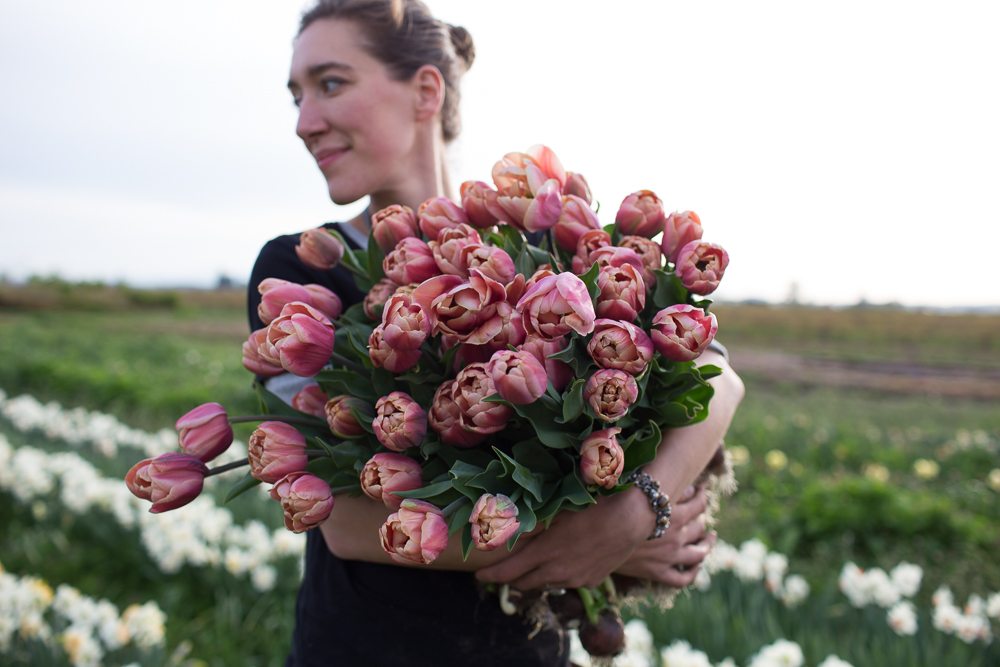 Everywhere I look there are signs that the season is changing. The once verdant green landscape is now tinged with gold and copper tones. As the daylight hours grow shorter, it is a reminder that now is the time to get bulbs in the ground in order to have an abundant flush of early spring blooms.
Everywhere I look there are signs that the season is changing. The once verdant green landscape is now tinged with gold and copper tones. As the daylight hours grow shorter, it is a reminder that now is the time to get bulbs in the ground in order to have an abundant flush of early spring blooms.
To help fellow flower lovers prepare for spring, I put together a little two-part series on fall-planted bulbs. Yesterday’s post was all about narcissus (daffodils). Today’s focus is on tulips.
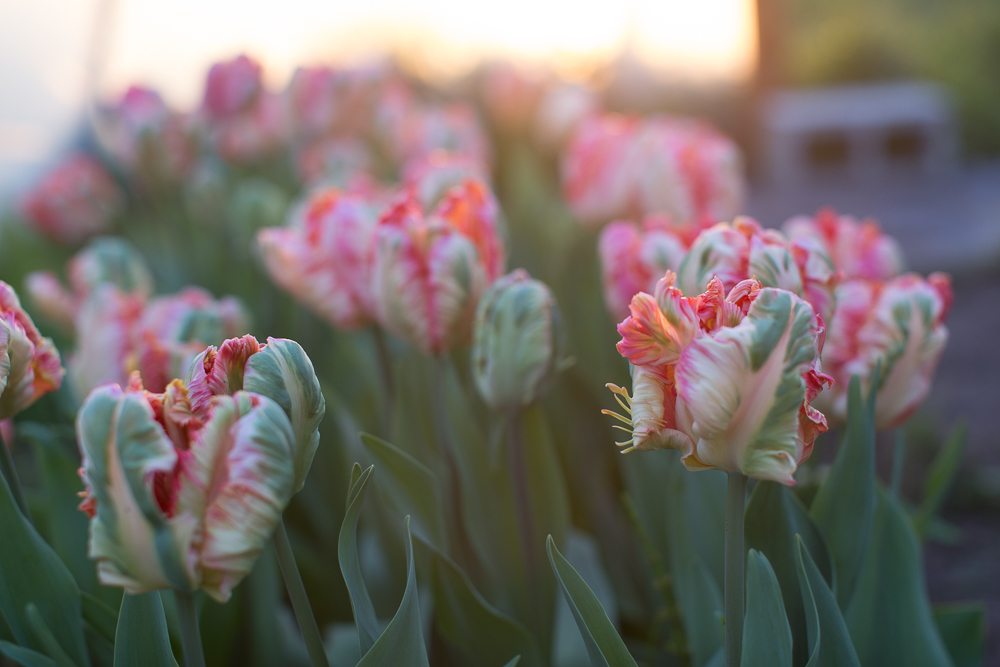 Standard tulip shapes can be kind of boring, at least for me. I’m much more drawn to the double-flowered types, parrot tulips, and French-style fringed varieties. I crave the exotic, unusual and showy types that really make a bouquet stand out. I especially love tulips that don’t look like your everyday tulip.
Standard tulip shapes can be kind of boring, at least for me. I’m much more drawn to the double-flowered types, parrot tulips, and French-style fringed varieties. I crave the exotic, unusual and showy types that really make a bouquet stand out. I especially love tulips that don’t look like your everyday tulip.
I try to grow flower varieties that you can’t get just anywhere. This is particularly important given the fact that our little 2-acre farm is surrounded by plantation-sized tulip farms that mass-produce inexpensive common tulips. Even though Floret is a tiny fish in a big sea of flower growers in Skagit Valley, we’re able to compete–and get better prices–because we grow tulips that are totally different than the kind available in the mass market (plus we offer them earlier–more on that below).
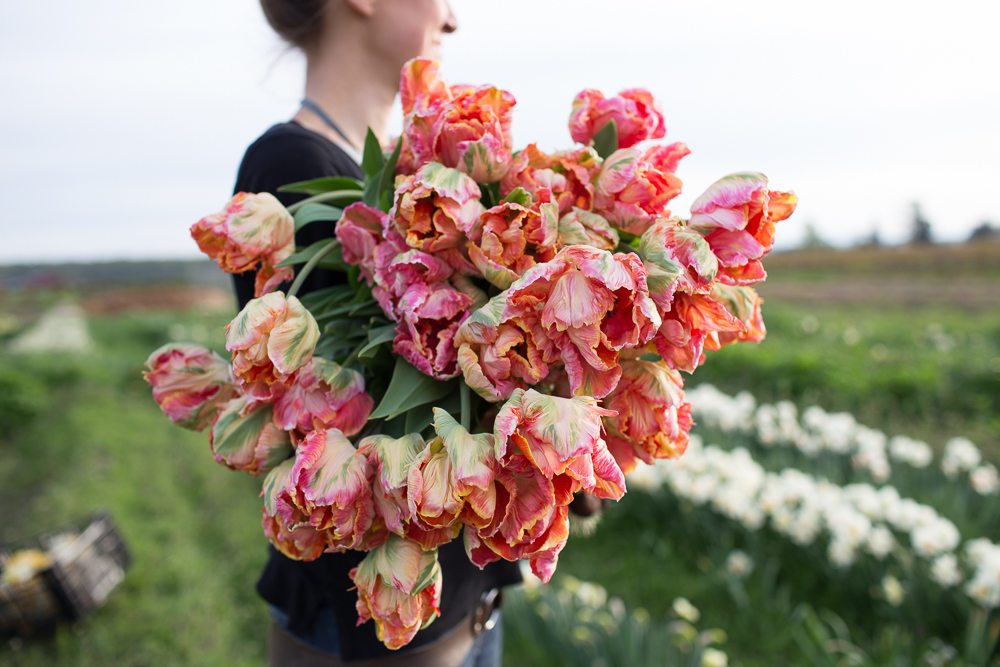 Tulips are an incredibly diverse family of plants. Some have fringed petals, others have pointed ones, and some are so ruffled and full that they are commonly mistaken for peonies. Some varieties even carry a soft, subtle scent. With so many wonderful qualities, it’s no wonder that tulips are one of the most popular cut flowers on the market. Because they are one of the easiest spring bulbs you can grow, tulips are a mainstay in the spring cutting garden. Here at Floret we plant tens of thousands of them each year.
Tulips are an incredibly diverse family of plants. Some have fringed petals, others have pointed ones, and some are so ruffled and full that they are commonly mistaken for peonies. Some varieties even carry a soft, subtle scent. With so many wonderful qualities, it’s no wonder that tulips are one of the most popular cut flowers on the market. Because they are one of the easiest spring bulbs you can grow, tulips are a mainstay in the spring cutting garden. Here at Floret we plant tens of thousands of them each year.
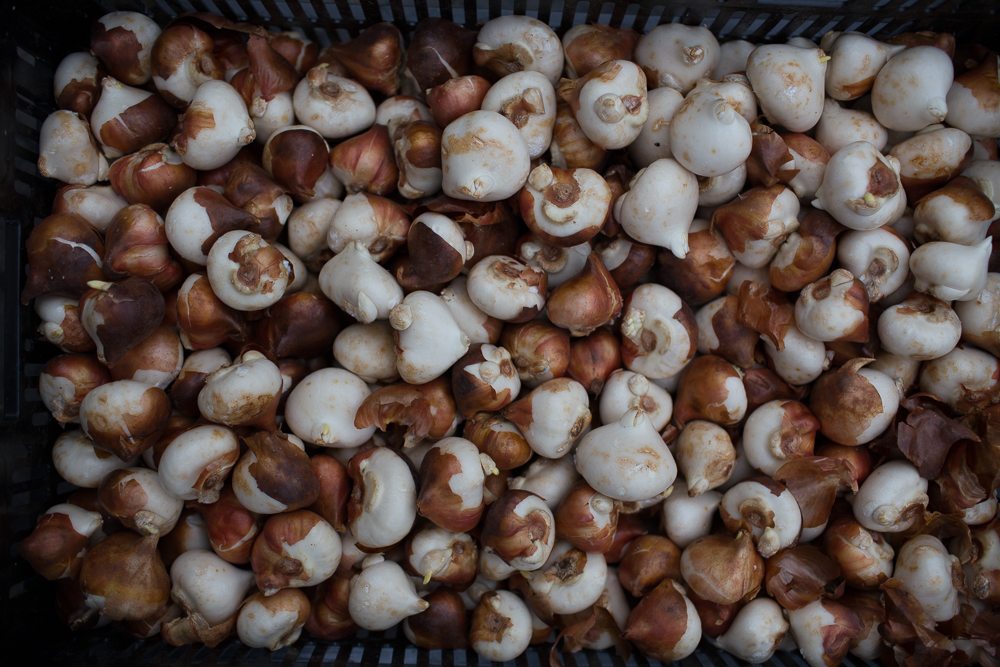
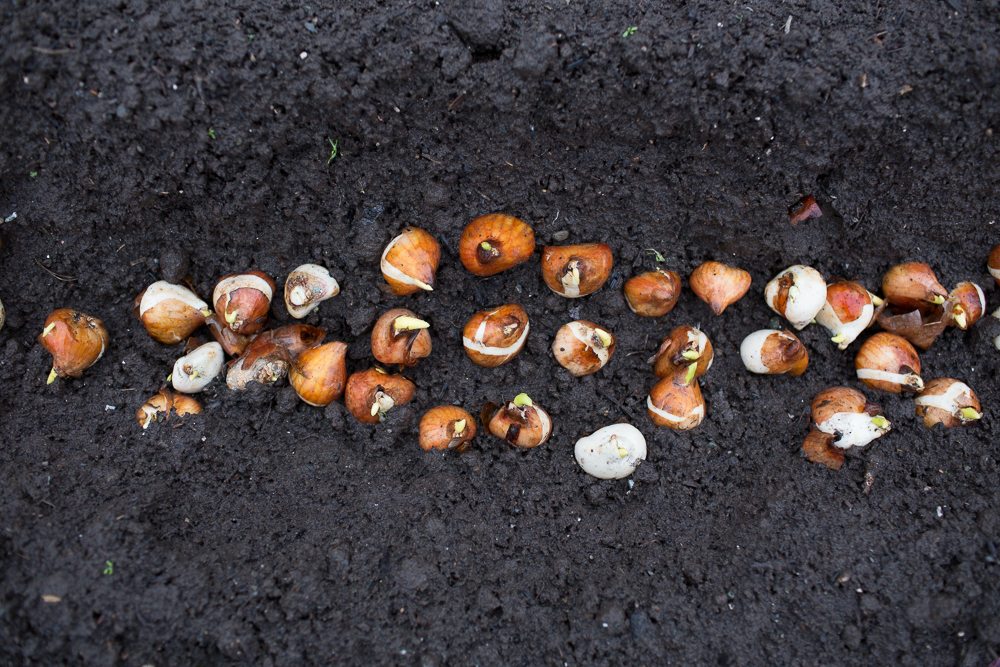 There are a few different methods for growing these showy spring bloomers, depending on whether you simply want to add color to your spring landscape or harvest them in abundance as cut flowers. No matter how you plant them, be sure to pick a spot that gets full sun and doesn’t have any standing water, since really wet soils will encourage disease and rot.
There are a few different methods for growing these showy spring bloomers, depending on whether you simply want to add color to your spring landscape or harvest them in abundance as cut flowers. No matter how you plant them, be sure to pick a spot that gets full sun and doesn’t have any standing water, since really wet soils will encourage disease and rot.
In the garden, tulips make the most impact when planted en masse. For a real show, I recommend ditching the bulb planter, instead planting clusters of 10 bulbs. Simply dig out a generous circle of soil, about 6 inches deep, mix in a little organic bulb fertilizer and compost, and then plant your bulbs roughly three times as deep as they are tall. Tulips can be planted quite close, less than an inch from each other, similar to eggs in a carton. Once your bulbs are securely in place, water deeply and then refill the hole with the soil you removed earlier. Add a few inches of well rotted compost on top to act as a mulch. Be sure to insert some type of stake so you remember where you planted them.
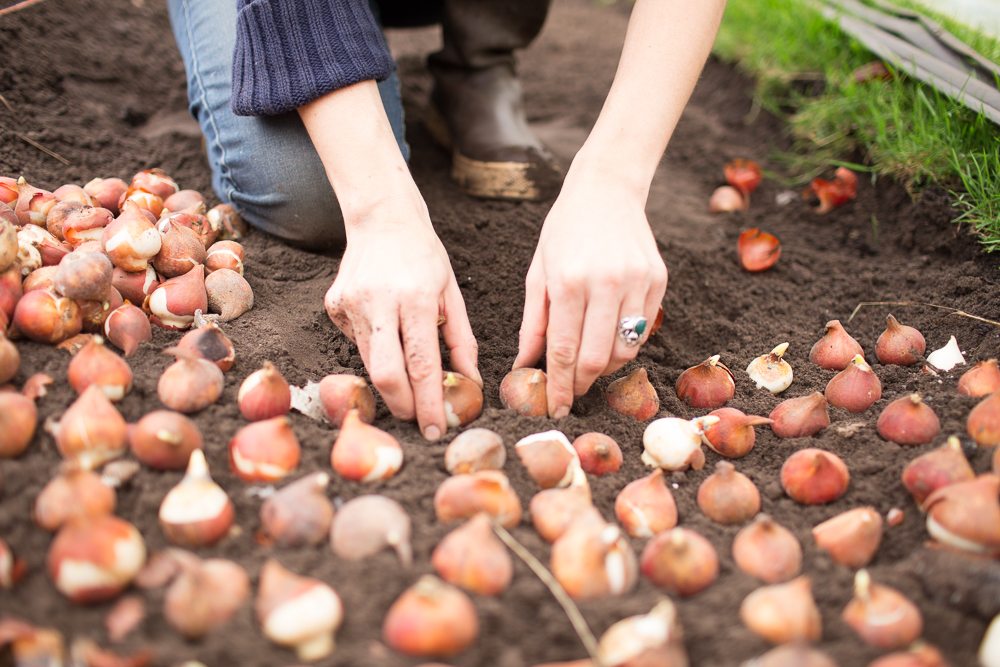
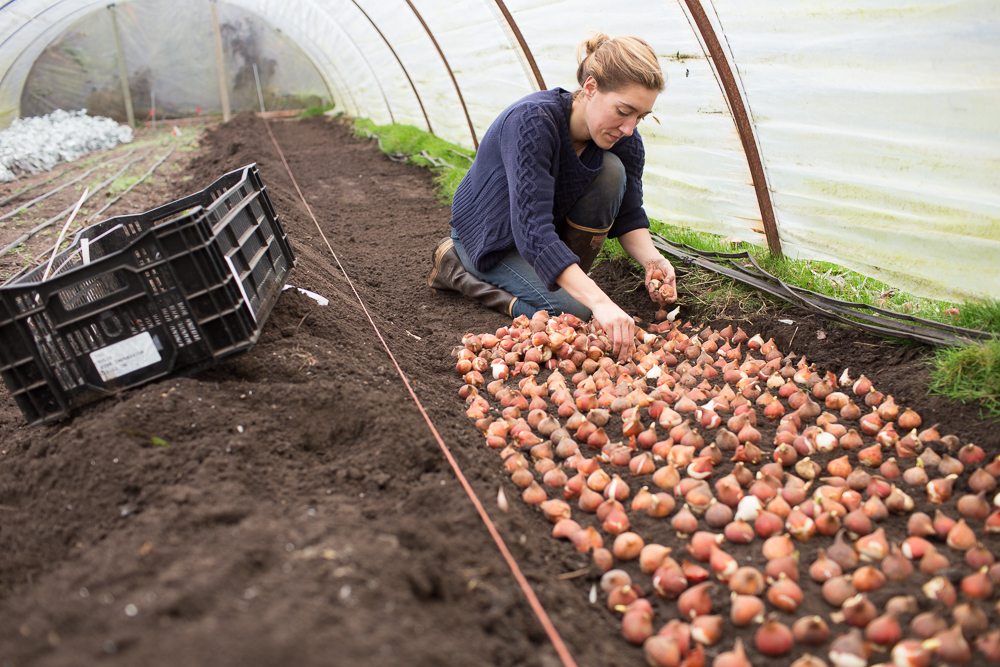 If your intention is to grow tulips solely for cutting, plant them in long rows or a wide trench. Because we live in the largest tulip producing valley in the United States, we grow the majority of our bulbs in trenches in the hoophouse to beat the local competition to market, since they will flower nearly a month earlier indoors. This indoor planting is followed by a smaller outdoor field planting, extending our harvest window to nearly two full months.
If your intention is to grow tulips solely for cutting, plant them in long rows or a wide trench. Because we live in the largest tulip producing valley in the United States, we grow the majority of our bulbs in trenches in the hoophouse to beat the local competition to market, since they will flower nearly a month earlier indoors. This indoor planting is followed by a smaller outdoor field planting, extending our harvest window to nearly two full months.
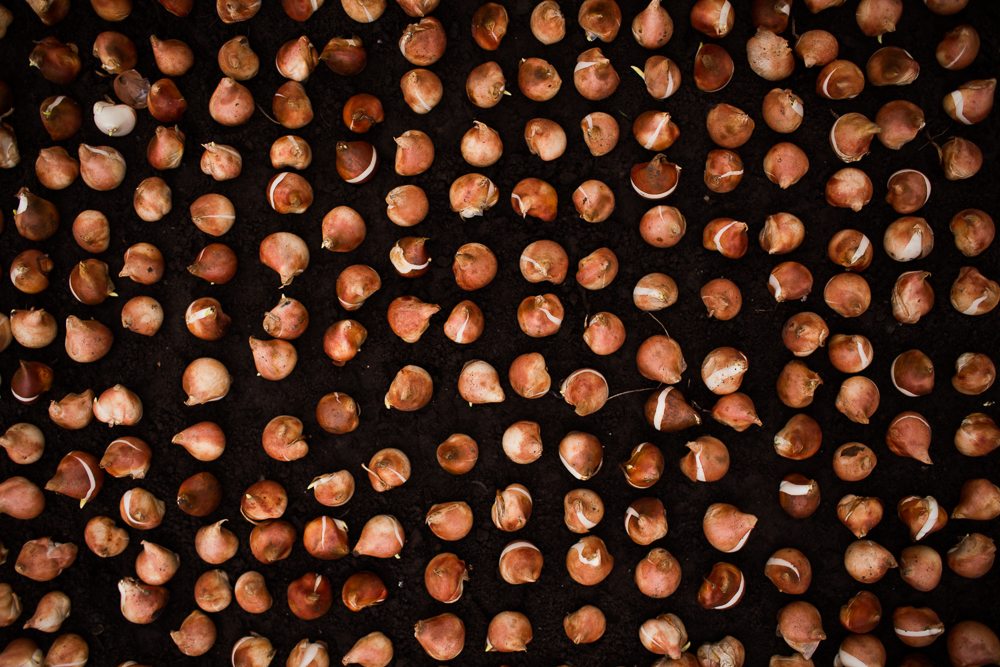 For the trench method, dig out a 3 foot wide trench to a depth of 6 inches, piling all the dirt to one side. Sprinkle in a light dusting of organic bulb fertilizer and rake it in, smoothing the bottom at the same time. Working with a partner, with one person on each side of the trench, set the bulbs in pointy side up, like eggs in a carton. Close, but not touching.
For the trench method, dig out a 3 foot wide trench to a depth of 6 inches, piling all the dirt to one side. Sprinkle in a light dusting of organic bulb fertilizer and rake it in, smoothing the bottom at the same time. Working with a partner, with one person on each side of the trench, set the bulbs in pointy side up, like eggs in a carton. Close, but not touching.
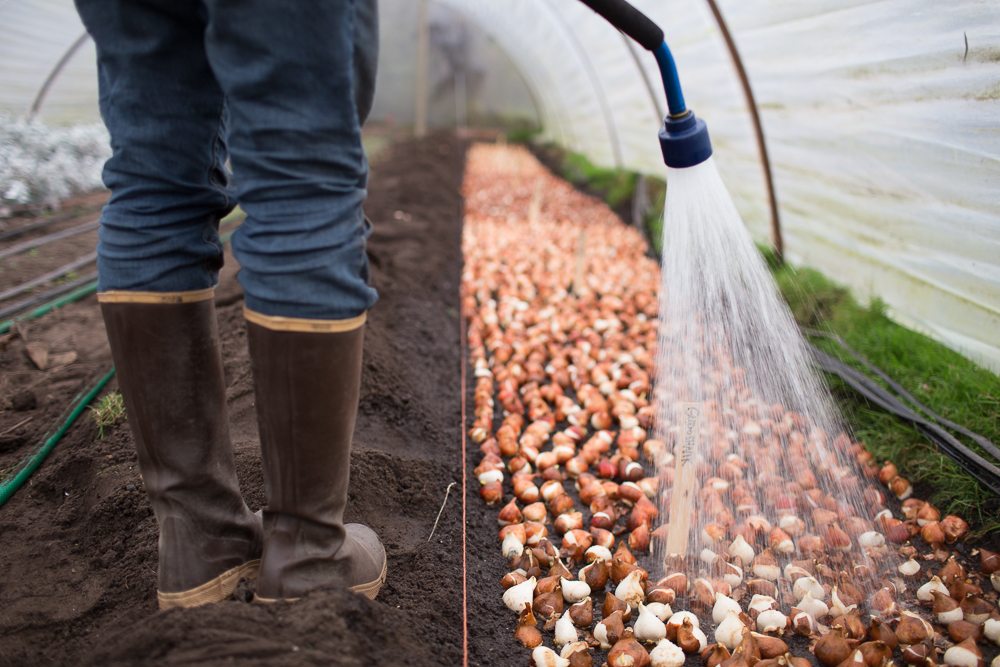
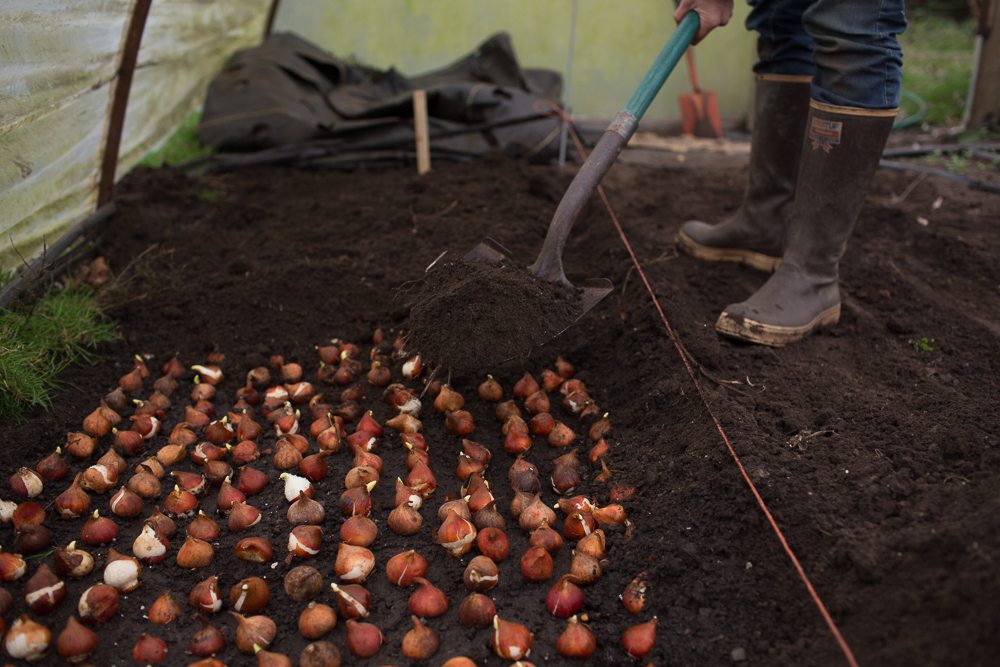 Once the bulbs are in, water them deeply, letting the drench fill up at least half way full with water, which encourages vigorous root growth, in turn producing even larger flowers. Backfill the trench, mulch the top with an inch or two of compost and lay down irrigation lines, watering deeply a few times throughout the winter. It’s really quite simple!
Once the bulbs are in, water them deeply, letting the drench fill up at least half way full with water, which encourages vigorous root growth, in turn producing even larger flowers. Backfill the trench, mulch the top with an inch or two of compost and lay down irrigation lines, watering deeply a few times throughout the winter. It’s really quite simple!
Tulips can also be grown in bulb crates and forced into flower during the winter months in a heated greenhouse. However, this technique requires pre-chilled bulbs and quite a bit of precision. To be honest, we’re still trying to master the art ourselves. Once I get it figured out though, I’ll be sure to share what we learn.
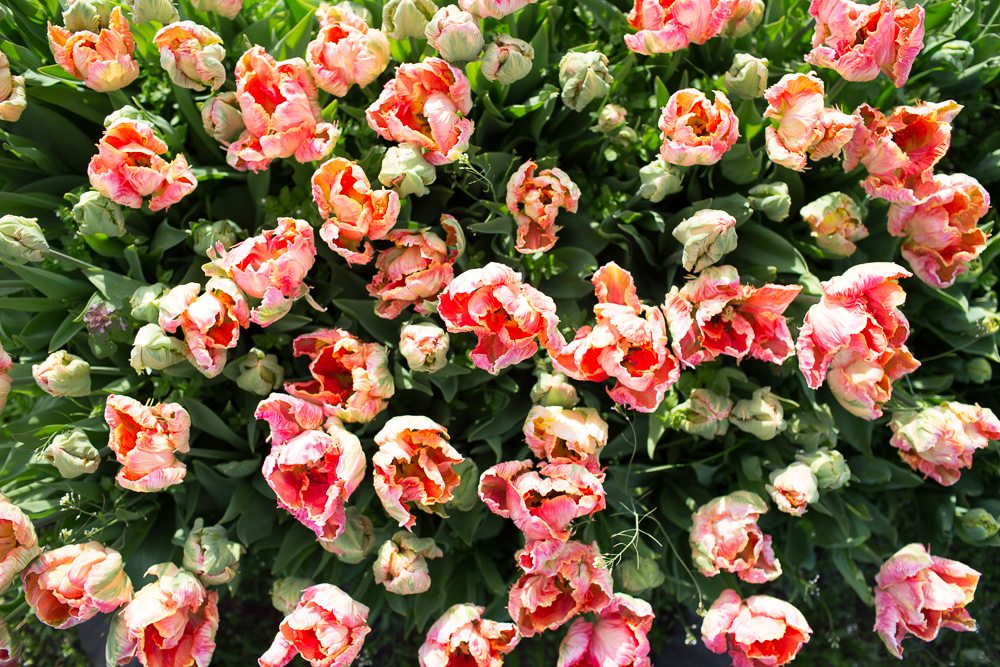 Come spring, as the bulbs start to push up through the soil, it is important to keep the beds weeded and also start watering more regularly. Harvest when the buds are just beginning to color, but before they have fully opened for the longest vase life.
Come spring, as the bulbs start to push up through the soil, it is important to keep the beds weeded and also start watering more regularly. Harvest when the buds are just beginning to color, but before they have fully opened for the longest vase life.
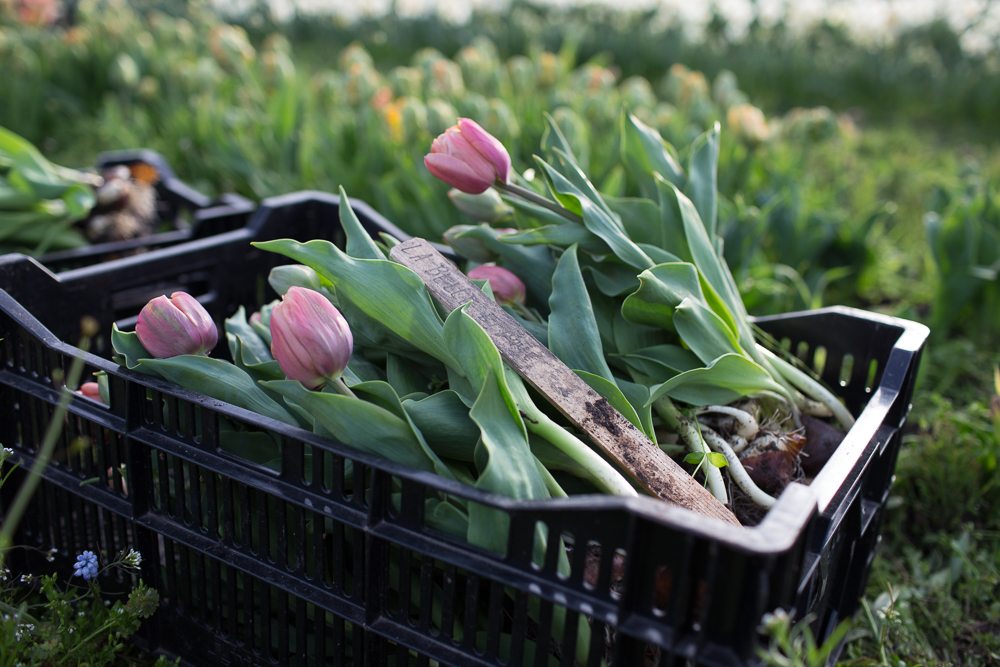 Here at Floret, we treat our tulips as annuals, and actually pull the entire plant up, bulb and all, during harvest. This gives us maximum stem length, extended storage, and a long vase life. With the bulb attached, tulips can be stored dry for up to one month in the cooler, because they are still connected to their food source. The photo below shows how we store them in the cooler. When it’s time to use them, cut off the bulb and place stems into water with flower food.
Here at Floret, we treat our tulips as annuals, and actually pull the entire plant up, bulb and all, during harvest. This gives us maximum stem length, extended storage, and a long vase life. With the bulb attached, tulips can be stored dry for up to one month in the cooler, because they are still connected to their food source. The photo below shows how we store them in the cooler. When it’s time to use them, cut off the bulb and place stems into water with flower food.
If you want to perennialize your tulips, it’s important to leave at least two sets of leaves on the stem when harvesting to replenish the bulb and give it energy to bloom the following season. Just note that blooms may be of lesser quality in subsequent years.
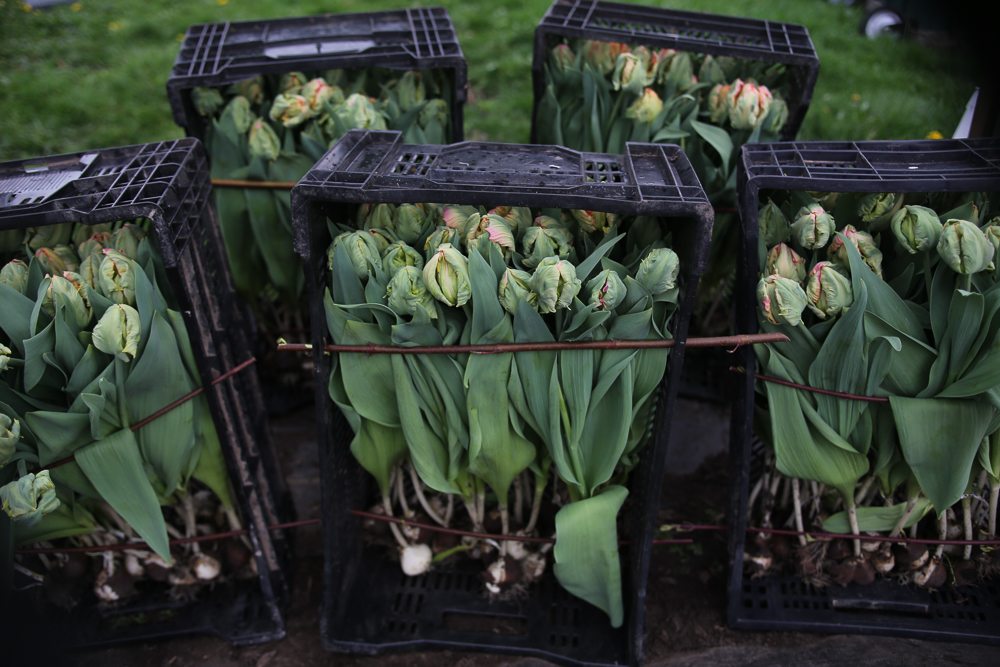 Tulips tend to curve a bit after harvest. To encourage upright stems, wrap the top two-thirds of the flower in a paper funnel and stand upright in water for a few hours. Tulips have a naturally long vase life, and many varieties can last up to a week and a half. Adding flower preservative also furthers vase life.
Tulips tend to curve a bit after harvest. To encourage upright stems, wrap the top two-thirds of the flower in a paper funnel and stand upright in water for a few hours. Tulips have a naturally long vase life, and many varieties can last up to a week and a half. Adding flower preservative also furthers vase life.
Once fully hydrated, fresh-picked tulip stems continue to elongate and grow for a few days, so if you’re making a bouquet or arrangement, be sure to tuck the flowers deeper than seems necessary with this in mind.
One of my favorite tulips is ‘La Belle Epoque.’ Classified as a Double Late, this beauty only grows to 12-16” but what it lacks in size it makes up for in color. I confess I have a soft spot in my heart for the apricot-hued blooms, so predictably this pretty double tulip also makes my top favorites list. The base of these full blooms start out as what I would describe as a smokey-mauve or rosy-plum hue which becomes more apricot and smokey peach along the edges and as it ages, making it even more interesting and exotic. It can be mixed with many different hues and is greedily snatched up by designers with an eye for the unique.
I re-opened up our little online Floret Shop just yesterday and have been blown away by the response. A huge thanks to everyone who placed orders. Incredibly, a number of our bulbs sold out almost immediately. (Don’t worry, I stocked a lot of ‘La Belle Epoque’ and as I type this there are still many available).
To continue the celebration of the fall re-opening of the Floret Shop, I’m giving away a collection of our specialty tulips. Enter to win below. Note: Because of export restrictions, this giveaway is only open to U.S. residents. I’ll post winners in this space on Monday. Good luck!
a Rafflecopter giveaway

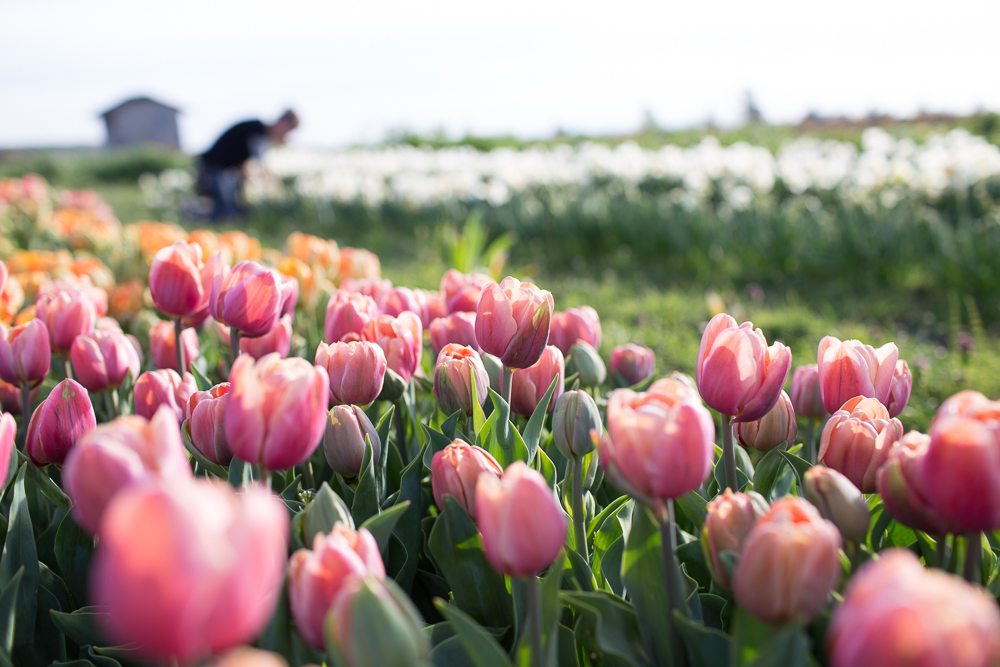
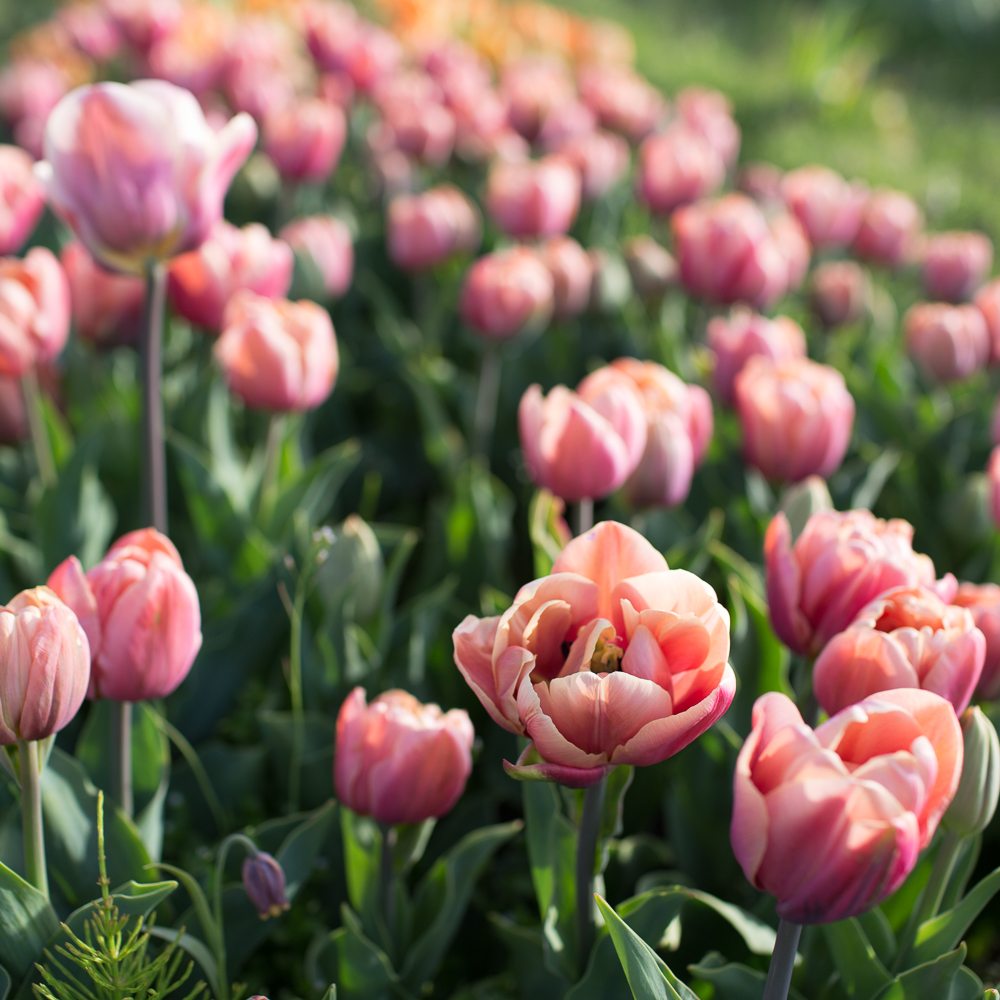
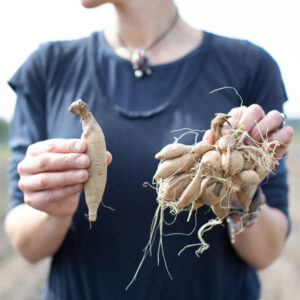

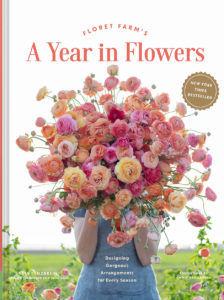
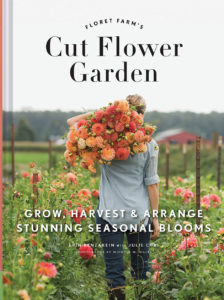


Alix on
Maybe this is a stupid question but what do you do with the bulbs after you dig up the tulips bloom and all? You can’t replant those bulbs bc they didnt have enough time to get more energy right? So do you just toss them and buy new ones? Where do you get the bulbs for the next year?